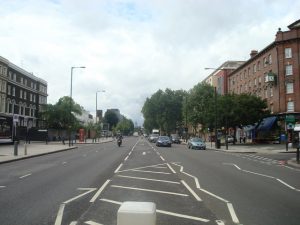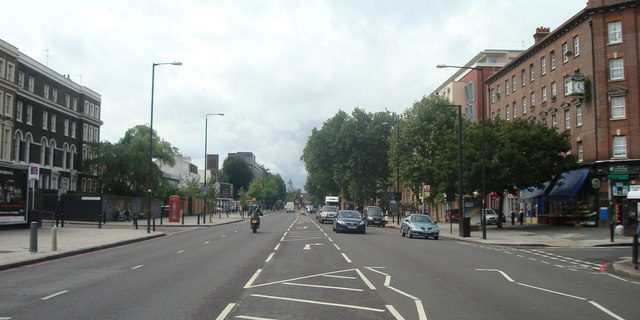Transfer from Bow (E3) to Luton Airport
 One of the areas that form the Bow district is also one of London’s oldest extant industrial centers. The Three Mills region started as the former working mills on the River Lea, at the time of the Domesday Book, around 8 or 9 in number, and remains, even until this date one of the largest and greatest four remaining tidal mills in the world. The mills were one of the earliest examples of tidal mill system in the world.
One of the areas that form the Bow district is also one of London’s oldest extant industrial centers. The Three Mills region started as the former working mills on the River Lea, at the time of the Domesday Book, around 8 or 9 in number, and remains, even until this date one of the largest and greatest four remaining tidal mills in the world. The mills were one of the earliest examples of tidal mill system in the world.
Their story starts in 1135 when three mills were acquired by Stratford Langthorne Abbey. It is said that they grinded flour for the bakers in Bow district, who were renown for the quality of their bread and were also huge suppliers for the City of London market. Not long after the word of the fantastic flour spread, the area became known as Three Mills. Later on, in the 17th century the area became a major supplier to the alcohol trade as the mills. There were only two mills left at that time – House Mill and Clock Mill. In time period House Mill was victim to a fire which destroyed it entirely. It was quickly built by Daniel Bisson and today is a grade I listed building. The other mill was also rebuilt around 1815 by Philip Metcalfe. They both survived until the middle of the 20th century, when they stopped operating.
Even to this day the House Mill continues to be the biggest tidal mill on the planet, despite the fact that the water wheels are not working anymore. The establishment is possessed by The River Lea Tidal Mill Trust Ltd and is open to visitors on Sunday afternoons, during summer time.
South of Bow, and north of Poplar and Blackwall we’ll find the last region of Bow district, Bromley-by-Bow. This is also a component of Bow as well as a part of the London Borough of Tower Hamlets. The place is crossed north to south by the Blackwall Tunnel Approach Road and the border of the region to the east is the River Lea and the London Borough of Newham. In between the extended tunnel approach and the river there you can find a modest light industrial region that has the area’s main supermarket, Tesco. Three Mills is also close by. Looking to on the eastern section of the road you will see Bromley Hall, East London’s oldest surviving construction. Poplar and the former district of Mile End are located on the west.
Transfer from Bow (E3) to Luton Airport by Rail:
In order to get a transfer from Bow (E3) to Luton Airport by rail, you need to take the tube from Bow Road Station to King’s Cross St Pancras Station. From St Pancras Low Level Station you will than have to take the National Rail Service in order to get to Luton. The entire journey will last approximately 53 minutes. Other transport options include taking a taxi transfer from Bow or King’s Cross Station to Luton Airport.
Transfer from Bow (E3) to Luton Airport by Car:
In order to get from Bow (E3) to Luton Airport by car, you have to take the A406 road followed by the M1 motorway. The distance between Bow (E3) to Luton Airport is of 44.5 miles.
Transfer from Bow (E3) to Luton Airport by Taxi:
A Taxi Transfer from Bow (E3) to Luton Airport with 247 Airport Transfer will take approximately 1 hour and 30 minutes. The transfer from Bow (E3) to Luton Airport will cost approximately 55 GBP for a saloon car.
Image: Wikipedia

